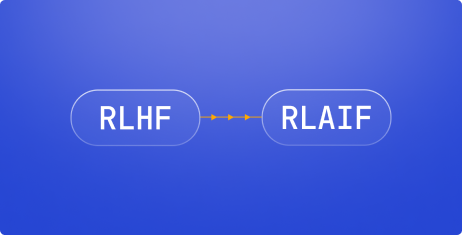
NVIDIA H100 vs H200: What's the buzz all about?
Discover the key differences between NVIDIA's H100 and H200 GPUs, and understand their impact on advancing AI and high-performance computing.

In the rapidly evolving landscape of artificial intelligence and high-performance computing, GPU technology continues to push boundaries. This article explores the key differences between two of NVIDIA's latest offerings: the H100 and H200 GPUs, highlighting their impact on AI and scientific computing.
The NVIDIA H100: Foundation for Modern AI
The NVIDIA H100, commonly referred to as the H100 GPU, has been a cornerstone in advanced computing since its introduction. Based on the Hopper architecture, the H100 offers:
- 80GB of HBM3 memory
- 3.35 TB/s memory bandwidth
- NVLink technology with 900 GB/s GPU-to-GPU communication
These specifications have made the H100 a popular choice for complex AI and HPC workloads.
Introducing the H200: Next Step in GPU Evolution
Building on the H100's success, NVIDIA has unveiled the H200, bringing significant improvements:
- Enhanced Memory: The H200 nearly doubles the memory capacity to 141GB of HBM3e, enabling work with larger AI models and datasets.
- Increased Bandwidth: With 4.8 TB/s memory bandwidth, the H200 offers 1.4x faster data access compared to the H100.
- Performance Boost: Users can expect up to 90% improvement in AI training and 150% in AI inference, particularly beneficial for large language models.
Implications for AI and HPC
These advancements have far-reaching implications across various fields:
- Faster training and inference for complex AI models
- Capability to handle larger, more sophisticated datasets
- Improved performance in scientific simulations and data analysis
- More efficient and potentially cost-effective AI operations
Accessibility of Advanced GPU Technology
As GPU technology evolves, making it accessible to researchers, businesses, and institutions is key. High-end hardware can be expensive, but GPU rental services like PoolCompute offer a cost-effective alternative. Their marketplace provides access to NVIDIA H100 and H200 GPUs, allowing you to experience the latest in GPU tech without the hefty upfront investment.
Looking Ahead
The NVIDIA H200 represents a significant leap forward, driving innovation in AI and high-performance computing. Stay ahead by trying out these powerful GPUs. Start your free trial with PoolCompute here and see the difference firsthand.
Decentralized computing for AGI.
Decentralized computing unlocks AGI potential by leveraging underutilized GPU resources for scalable, cost-effective, and accessible research.

